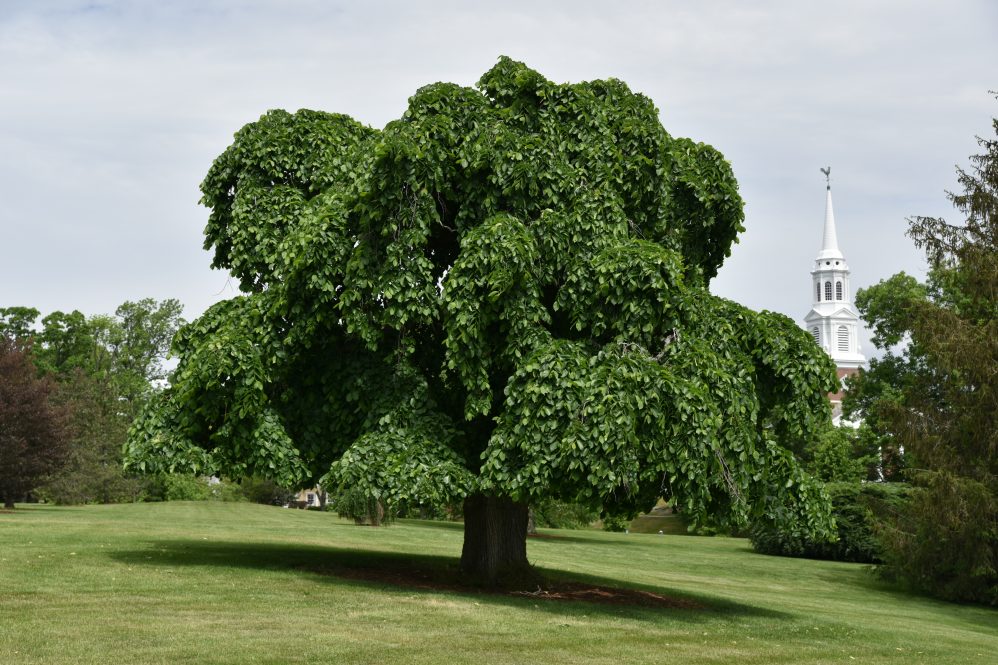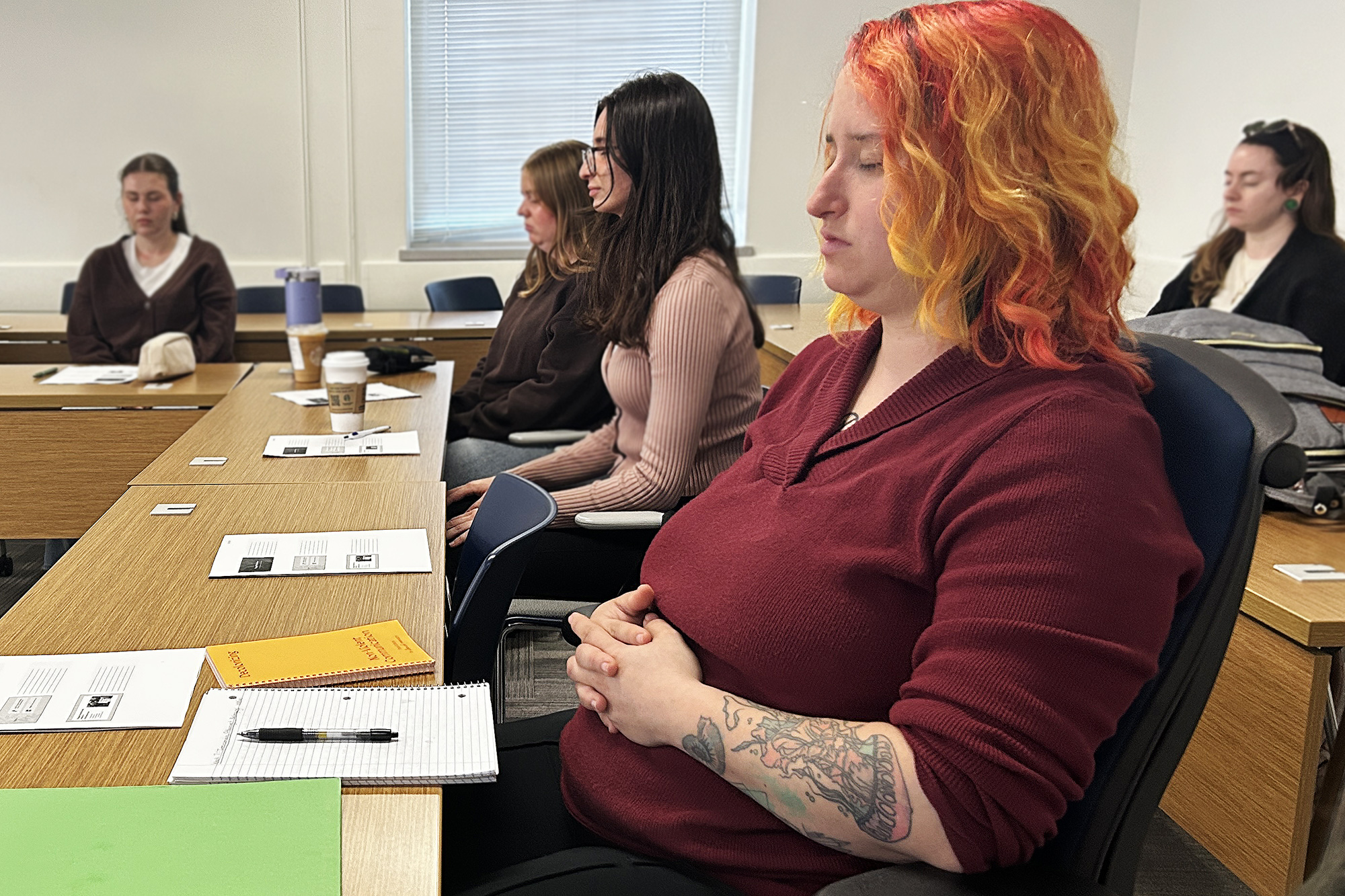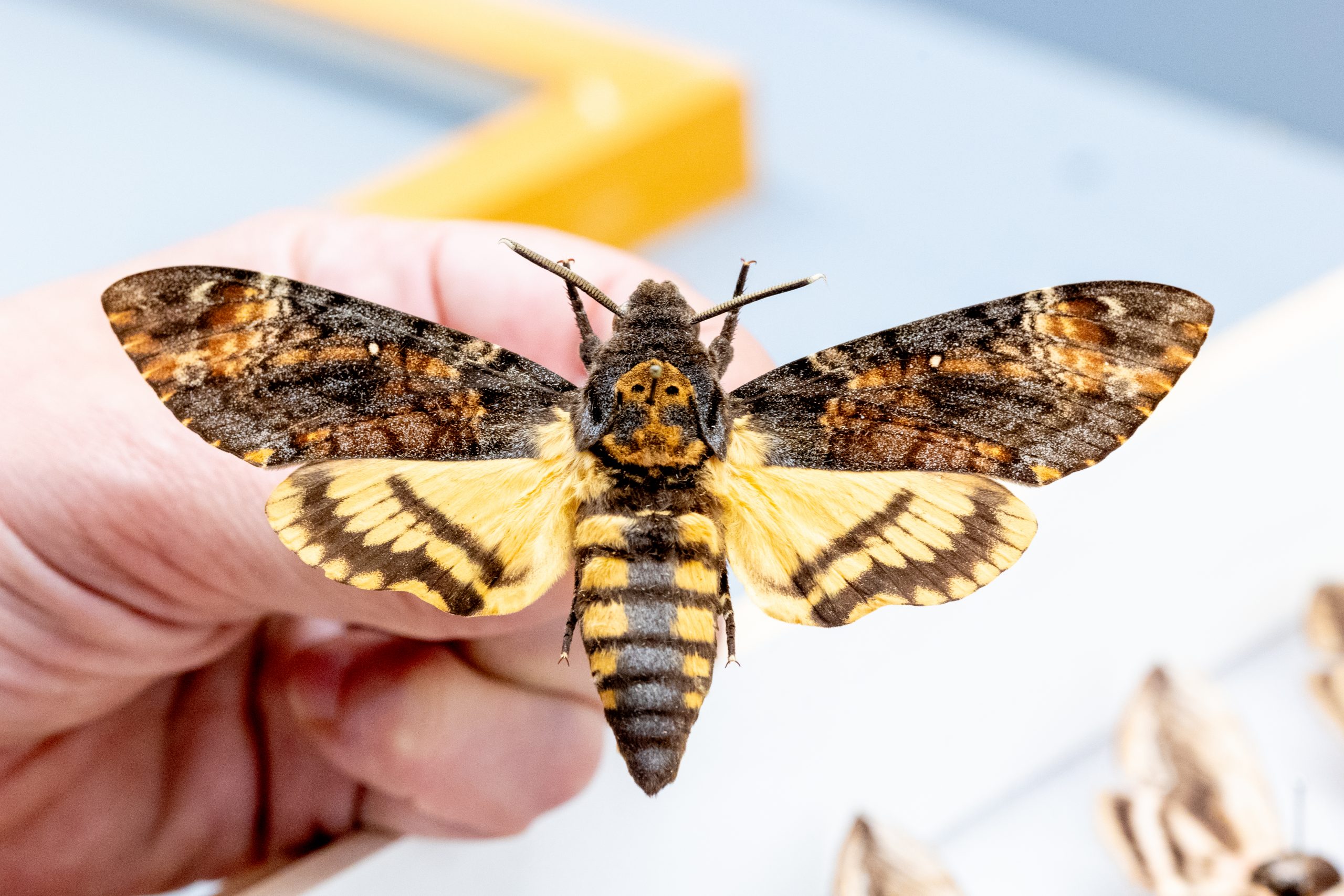UConn is marking its 10th year receiving the national “Tree Campus USA” designation, an honor that comes just as students are about to plant new class trees to celebrate those graduating in May and others coming behind them.
The annual UConn Class Tree Project, in which students and other volunteers plant a tree each April representing that year’s graduating class, is being expanded to include trees for UConn’s junior, sophomore, and first-year classes.
While benefiting UConn’s tree population and adding to beautification and environmental education efforts, the new approach will also give students all four years of their University careers to watch “their” tree take root and grow on campus.
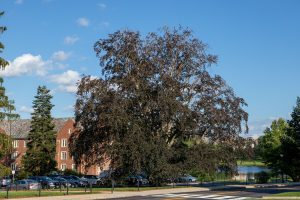
All UConn students, faculty and staff, alumni, guests, and other interested people are welcome to attend the tree plantings event, which takes place at 1 p.m. on Wednesday, April 19, as part of the UConn Earth Day Spring Fling.
The four new trees are being planted in the area known as Art Woods, just north of the William Benton Museum of Art and west of the Wilbur Cross Building.
The initiative is being coordinated by student volunteers and by UConn employees in the Office of Sustainability, the Arboretum Committee, UConn Facilities Operations, and UConn Planning, Design, and Construction (UPDC).
“It is really meaningful to organize the tree planting of my graduating class to positively affect the grounds of the University, and to see this celebration of Arbor Day to be continued with such support,” says Sam Kocurek ’23 (CLAS), who has coordinated the University’s last two years of Tree Campus USA certification as an intern in the Office of Sustainability.
Greg Anderson, co-chair of the UConn Arboretum Committee and a UConn Distinguished Professor of Ecology and Evolutionary Biology, says the idea of a “class tree” originated not long after the institution was founded as Storrs Agricultural School.
Alfred G. Gulley, who came to the school as a horticulture professor and later became its president, conceived of the idea in 1894 that the Great Lawn could serve as an arboretum. One of the earliest trees planted then was the Class of 1895’s Camperdown Elm (Ulmus glabra ‘Camperdownii’) which still grows near the Great Lawn’s flagpoles.
The arboretum concept spread to encompass the entirety of the Storrs campus over time. It is now home to thousands of trees, many of which are unusual species that aren’t native to the area and were specifically selected to add diversity and beauty. About two dozen class trees also still exist on campus from various time periods in its history.
Starting next year, students in each UConn first-year class will gather to plant “their” class tree so they have several years to interact with it, rather than the previous approach in which seniors planted a tree shortly before graduating.
The new trees representing the classes of 2023, 2024, 2025, and 2026 will be an Acer saccharum (sugar maple), Cornus x Hyperion (white flowering dogwood), Quercus bicolor (swamp white oak), and a Quercus rubra (red oak).
UConn also recently was notified that it has received the “Tree Campus USA” designation for the 10th year from the Arbor Day Foundation, having been the first higher education institution in Connecticut to receive the honor in its first year in 2013.
“Your entire campus community should be proud of this sustained commitment to environmental stewardship,” Lauren Weyers, the Tree Campus USA program manager for the Arbor Day Foundation, recently said in a letter to UConn officials.
“If ever there was a time for trees, now is that time,” she added. “Your diligence in improving the environment and quality of life at your school contributes to a healthier, more sustainable world for us all.”
This year also marks the 20th anniversary of UConn’s Office of Sustainability, previously known as the Office of Environmental Policy (OEP), and the arrival of its newly appointed director, Joe Fullerton.
UConn’s sustainability efforts cover a wide range of initiatives including climate action and efforts toward carbon neutrality, reducing energy use and waste, environmental justice, water conservation, and other areas.
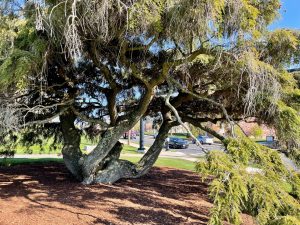
The annual class tree plantings fall neatly within UConn’s sustainability efforts, drawing attention to the unique tree population on campus. It also helps achieve UConn’s goals for a succession plan to ensure there are many healthy trees on campus as older mature trees decline in health or become hazards and must be removed.
The University’s longtime class tree tradition trailed off at one point in the 20th century, but was revived with the Class of 2019 and has continued each year since, even during the COVID-19 pandemic in 2020, when classes and most University operations were remote.
About 26 class trees from previous classes still remain at UConn Storrs, the oldest of which is the 1895 Camperdown Elm on the Great Lawn.
The tallest tree on campus is also the legacy of another long-ago graduating class: A tulip tree (Liriodendron tulipifera) near Beach Hall and the Great Lawn. Planted by the Class of 1905, it now has a circumference of more than 13 feet.
As Connecticut’s first higher education institution to be named as a Tree Campus USA, UConn has detailed plans to care for the 5,175 trees identified as currently existing on its Storrs campus.
Of those trees, 179 are considered notable either because they are memorial trees; uncommon species or state champion trees due to their size or other attributes; or trees on UConn’s self-guided tree walk.
The University often also identifies additional trees as notable examples if they are the only representative of the species on campus, or the largest or most mature.
—
Annual class tree plantings and other activities associated with the UConn Arboretum are supported by philanthropy, in-kind services, and volunteer efforts. To donate, please visit the Campus Beautification Fund.
